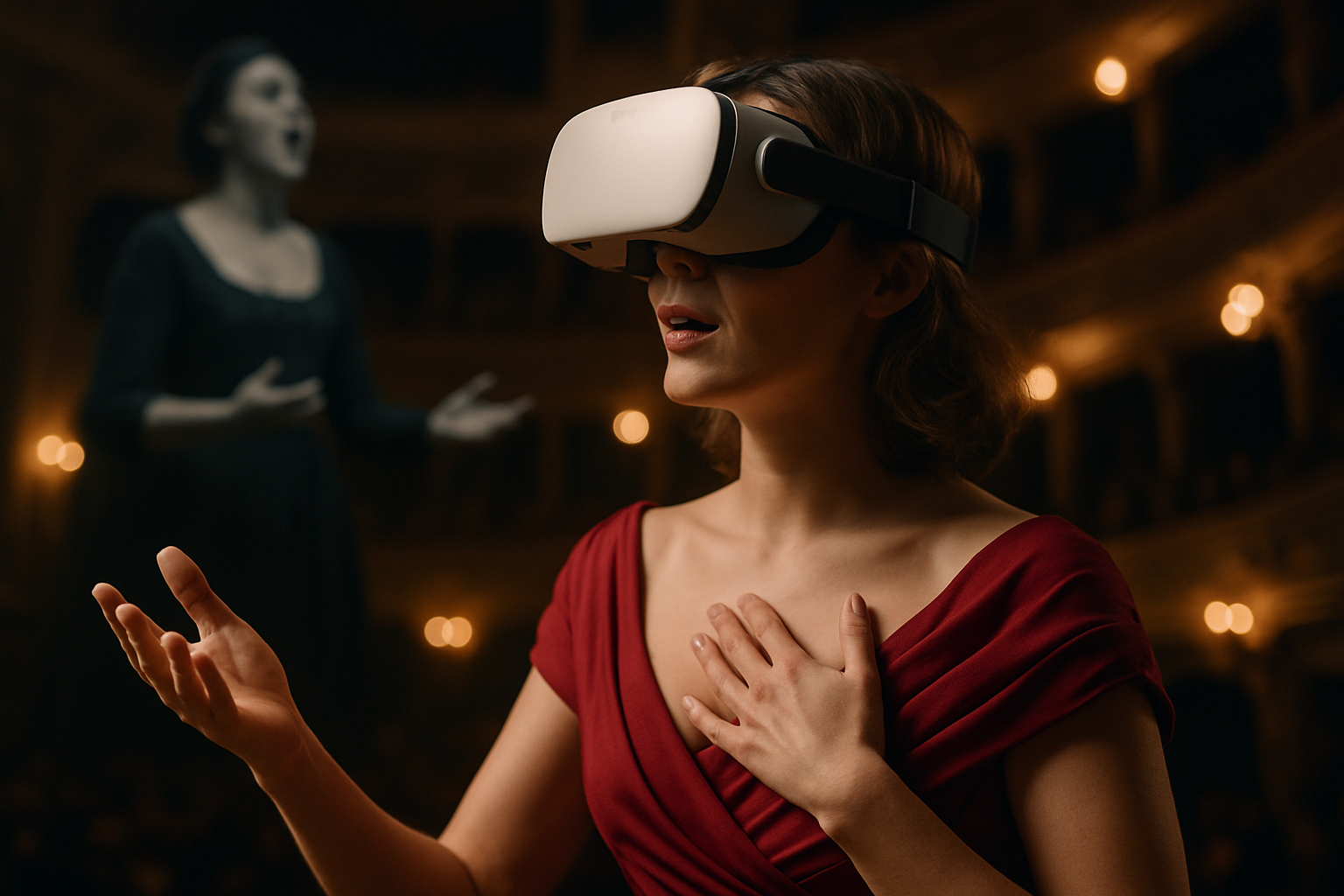Co-creation Practices: From Concept to Exhibition
Co-creation brings artists, communities, curators, funders, and audiences into shared processes that span concept development to final exhibition. This approach reshapes how cultural projects are planned, how creative roles are distributed, and how heritage and contemporary practice intersect, offering practical pathways for collaboration, learning, and public engagement.

How does co-creation support culture and creativity?
Co-creation reframes creative practice as a dialogic process in which cultural knowledge and artistic experimentation inform each other. Instead of a single authorial voice, projects often combine local heritage, contemporary research, and interdisciplinary methods. This can broaden the cultural frame of a work, encourage risk-taking, and generate outputs that reflect plural perspectives. Successful co-creative work balances artistic vision with responsiveness to communal histories and cultural specificity.
What roles do collaboration and community play?
Collaboration anchors co-creation: community members, artists, cultural institutions, and technical partners each bring distinct expertise. Community involvement can ground projects in lived experience and local needs, while collaborative governance structures — such as advisory groups or shared decision-making protocols — help sustain trust and accountability. Long-term relationships, rather than one-off interactions, tend to produce deeper learning and more equitable outcomes for all participants.
How are audiences and patronage engaged?
Engaging audiences in co-creation shifts them from passive viewers to active participants who can influence meaning and format. Patronage models adapt as well: funders and private supporters may sponsor participatory residencies or open calls that emphasize inclusivity and measurable social impact. Clear communication about roles, time commitment, and outcomes helps set expectations for audience involvement while preserving artistic integrity and ethical standards.
How does curation work in co-creative projects?
Curation in co-creative contexts becomes a facilitation practice that negotiates diverse voices, materials, and temporalities. Curators may act as mediators who translate community narratives into exhibition frameworks, balancing storytelling with professional standards for display and conservation. Documentation, iterative feedback loops, and transparent interpretive materials help audiences understand the shared nature of authorship and the processes behind the final presentation.
What is the role of digital and multimedia tools?
Digital and multimedia tools expand possibilities for co-creation by enabling remote collaboration, layered storytelling, and interactive experiences. Platforms for collective editing, participatory mapping, and multimedia archiving can preserve process as part of the work. However, equitable access to technology and digital literacy are essential considerations; projects should plan for inclusive access and consider low-tech alternatives to avoid excluding participants.
What funding, residency, and workshop models exist?
Funding models for co-creative work include project grants that explicitly require community engagement, participatory residencies hosted by museums or cultural centers, and hybrid public–private partnerships. Residency formats range from short intensive labs to long-term embedded programs that allow iterative prototyping. Workshops function as both research methods and public programming, enabling skills exchange and collective authorship. Incorporating evaluation measures and flexible budgets helps projects respond to emergent needs and sustain community relationships.
Conclusion Co-creation practices recalibrate how cultural work is conceived, developed, and shared, foregrounding collaboration, shared authority, and iterative processes. By integrating community knowledge, curatorial care, digital tools, and adaptive funding models, practitioners can produce exhibitions and performances that are more resonant with diverse publics. Attention to equitable participation, clear communication, and documentation ensures that co-creative projects remain accountable and generative across time and contexts.





